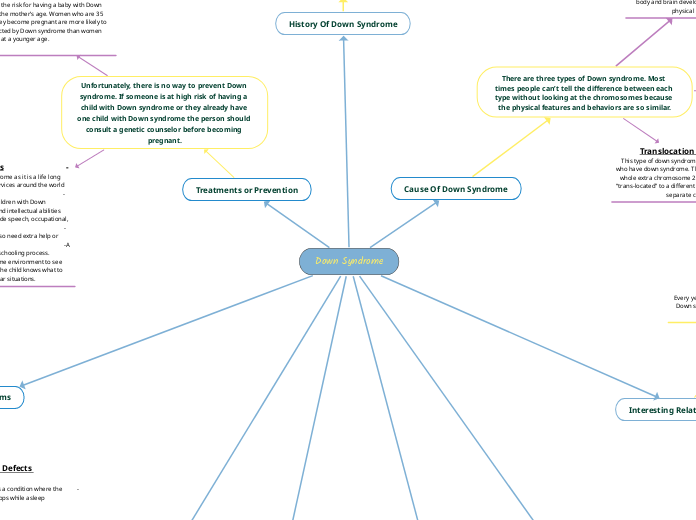door Gracie Alderson 2 jaren geleden
232
Down Syndrome
Down syndrome is a genetic condition that cannot be prevented. If there's a high likelihood of having a child with Down syndrome, consulting a genetic counselor before pregnancy is recommended.

door Gracie Alderson 2 jaren geleden
232

Meer zoals dit
Down Syndrome Occupational Therapy Demonstration